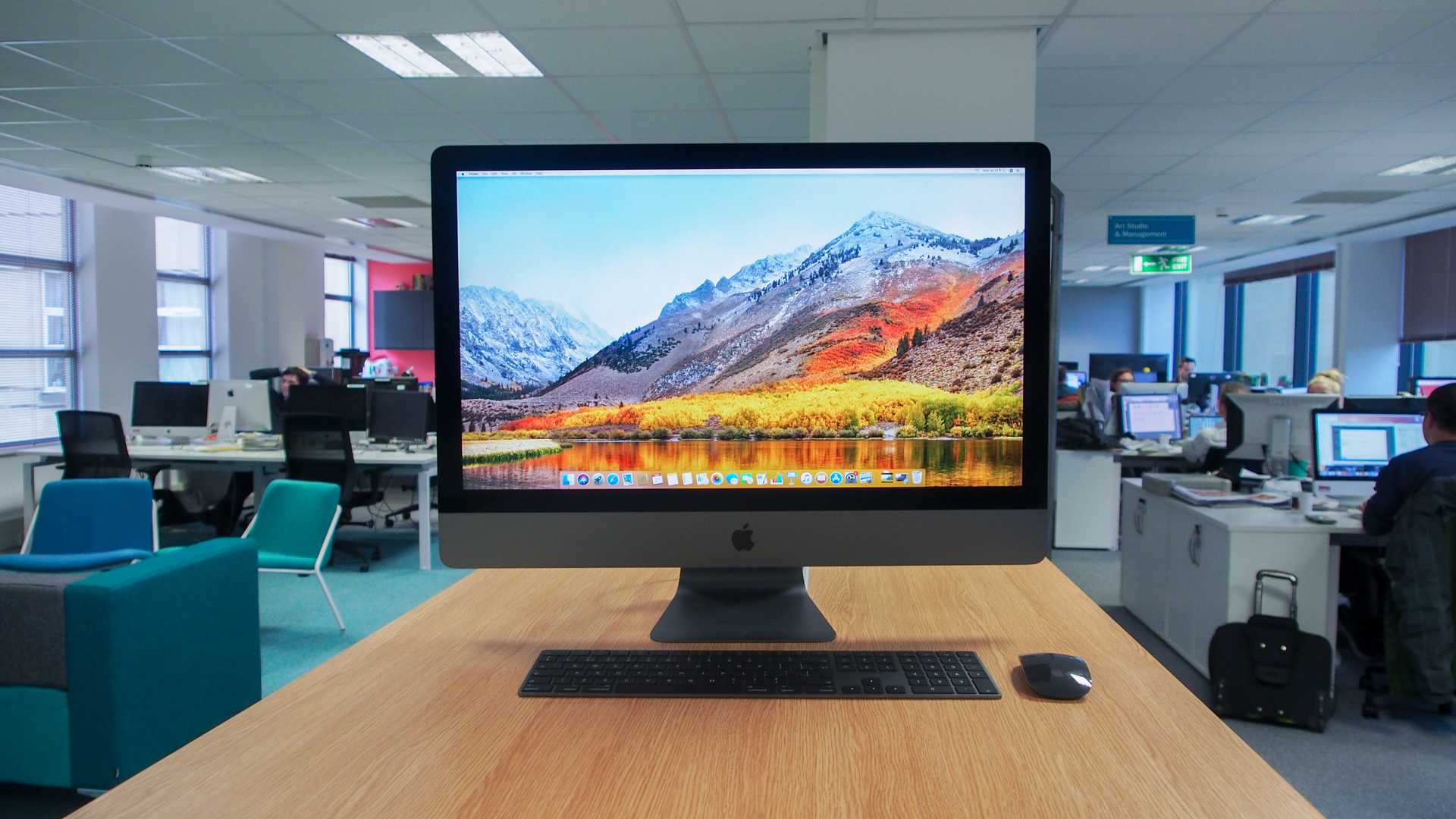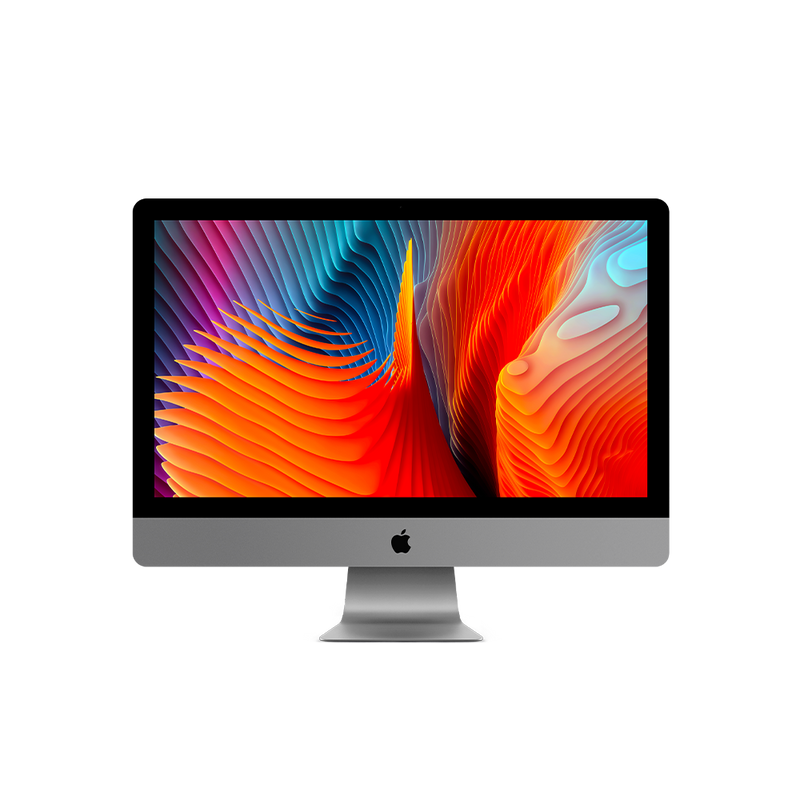

- #IMAC PRO VS IMAC 2017 I7 UPGRADE#
- #IMAC PRO VS IMAC 2017 I7 SOFTWARE#
- #IMAC PRO VS IMAC 2017 I7 PLUS#
- #IMAC PRO VS IMAC 2017 I7 MAC#
Let's start with where the M1 has the lead, and that's single-core performance. And yet the M1 actually still makes an incredibly strong case for itself. It uses much more power-hungry chips, and power means performance. However, the 27-inch iMac doesn't use equivalent chips to the small and laptop-focused M1. We've all heard about what a beast the M1 chip is, and how it makes Intel's equivalent chips look like clockwork toys etc etc. Well, this is where it gets interesting when comparing iMac 24 vs iMac 27.

With the iMac Pro having been discontinued, Apple has clearly pushed the regular 27-inch iMac into the limelight as its replacement, so this flexibility is welcome for the pros who need that kind of beastly power and still want the all-in-one form factor. Get everything maxed out by Apple and you're looking at £8,299/$8,299/AU$12,449. Only the RAM is user-upgradeable of these after you buy it, so you need to buy well in the first place.
#IMAC PRO VS IMAC 2017 I7 UPGRADE#
Obviously, this can all make a massive difference to the price, and Apple is not known for its low upgrade costs. You can also add 10-Gig Ethernet optionally. There are 8-core or 10-core processor options, you can go up to 128GB of RAM, up to 8TB of storage, and you can switch GPUs all the way up to a Radeon Pro 5700 XT 16GB. You can configure the 27-inch iMac with much more flexibility, though. The 27-inch iMac Intel starts from £1,799/$1,799/AU$2,699, and this gets you a 6-core Intel Core i5 processor (3.1GHz), 8GB of RAM, 256GB of storage, and an AMD Radeon Pro 5300 4GB GPU. The next model up costs £1,449/$1,499/AU$2,199, and this is the option we think most people should choose if they're able.
#IMAC PRO VS IMAC 2017 I7 PLUS#
The 24-inch iMac M1 starts from £1,249/$1,299/AU$1,899, which gets you the Apple M1 chip with 8-core processor, 7-core GPU and 8GB of RAM, plus 256GB of storage. We have our dedicated iMac M1 review here, as well as our iMac 27-inch (2020) review, but here we'll explore what both machines offer for pros, who they're suitable for, and what their limitations are. But the price is higher, so does older hardware work out as a sensible way to invest your money? Meanwhile, the 27-inch iMac retains the older design and still uses 10th-gen Intel processors, but offers so much flexibility along with its bigger screen.
#IMAC PRO VS IMAC 2017 I7 SOFTWARE#
Too bad they are not user replaceable (yet?).The brand new 24-inch iMac is the first of Apple's all-in-ones to include the new M1 chip, which offers incredible power for the ultra-slim frame… but with few customisation options, is it suitable for your pro software needs? I don't recall this being widely cautioned on Apple websites or in commercial reviews prior to the 2017 launch.?Īlso I continue to ask if many would prefer a more basic SATA6 SSD in larger capacities (for the same price) vs the bleeding edge - the price/performance divide between a 1TB HD/FD and a 1TB PCIe SSD seems large, with 1TB SSD now available for under $300. Anyone that was serious about creative work had to spend extra to get the M395X with 4GB of RAM." "Many people complained about a "stuttery" user interface with the previous model's base or mid-level GPUs. I've actually feed-backed for more dimming on legacy macs, as many I know seem to be on the 'night shift', to quote an Apple term, seemingly based on f.lux work. In my well lit office, we ran the 2015 model one to two bars shy of max brightness, compared to four to five with the 2017 model."
#IMAC PRO VS IMAC 2017 I7 MAC#
"Apple boasts a 43 percent increase in display brightness, but unless your Mac is in a very bright room or you're battling glare, you won't need the extra nits. (yada yada:) The more I ask if 5K vs 4k tradeoff is it worth the lost ease of use.?

and also excepting Apple's 27" LED Cinema or iMac target displays. The 2015 iMac can technically support an external 5K display, but it has to be a dual DisplayPort model that will take up both of your Thunderbolt 2 ports and limit output to 8-bit color." "Thunderbolt 3 is a huge step up from Thunderbolt 2, as it's not only twice as fast at up to 40Gb/s, but can adapt to almost anything including a single 5K or two UHD 4K displays. An informative and appreciated review, with a few comments.


 0 kommentar(er)
0 kommentar(er)
